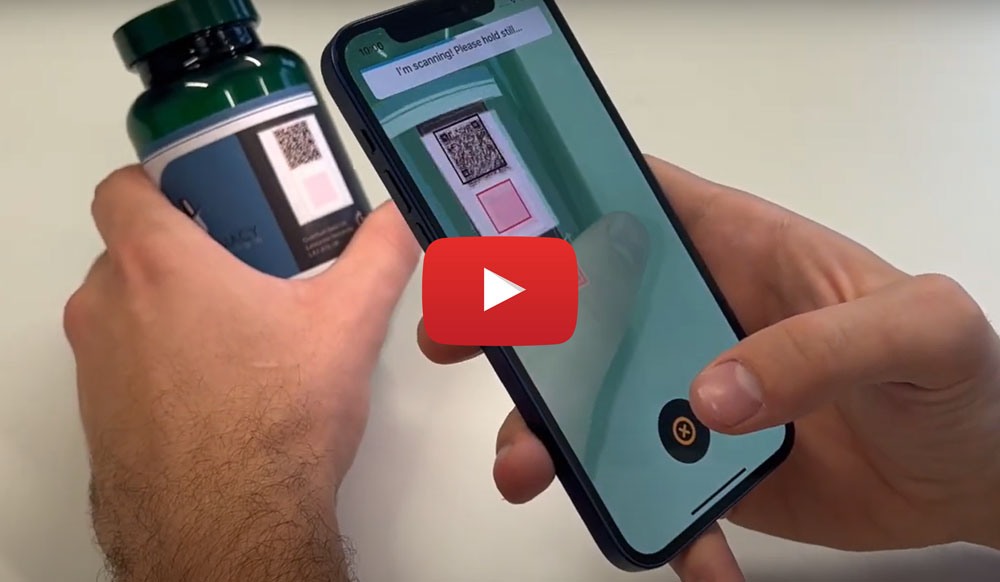The increase in third-party e-commerce platforms and sales through social media channels has caused a drastic rise in the number of counterfeit luxury handbags. Many customers see them as a cheaper alternative to expensive products by well-known brands, or a way of emulating the lifestyles of celebrities, but these fakes cost the industry billions each year.
Despite their commitment to tackling the issue, social media giants such as Instagram, TikTok and Facebook do little to address counterfeit sellers on their platforms – where most fake goods are bought and sold. A study found 37% of young shoppers said they had purchased a counterfeit item in 2022. The practice is becoming more acceptable in the eyes of younger consumers, many of whom are unaware of the risks and consequences of owning such products.
European countries have attempted to crackdown on counterfeit luxury items in recent years, since many fake items are also purchased by tourists. France in particular is known for its strict anti-counterfeit laws, which can result in as much as a €300,000 fine, but this does little to dissuade counterfeit producers from continuing to push their illegal sales. These purchases often fund criminal activities, which creates a vicious cycle of counterfeit production and circulation, damaging brand image and reputation, as well as causing loss of revenue for genuine sellers.


